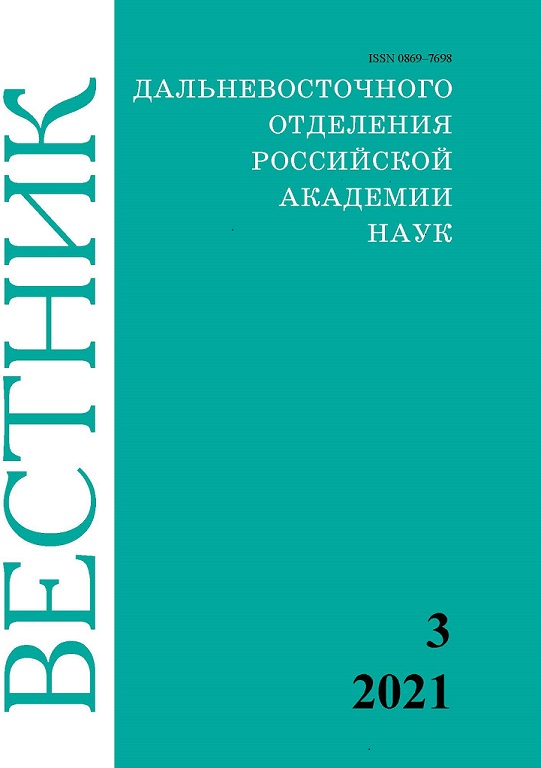Species sensitivity of weeds in the early stages of development to the herbicide Flex, CE. T.V. MOROKHOVETS, V.N. MOROKHOVETS, T.V. SHTERBOLOVA, Z.V. BASAI, S.S. VOSTRIKOVA, N.S. SKORIK
Keywords:
herbicide, weed plants, species, growth and development phase, sensitivity, toxicity, inhibition, damageAbstract
Species sensitivity of weeds in the early stages of development to the herbicide Flex, CE. T.V. MOROKHOVETS, V.N. MOROKHOVETS, T.V. SHTERBOLOVA, Z.V. BASAI, S.S. VOSTRIKOVA, N.S. SKORIK (Far Eastern Research Institute of Plant Protection, Primorsky Krai, Kamen-Rybolov village).
In 2019–2020, the Far Eastern Research Institute of Plant Protection in the conditions of a vegetative house studied the sensitivity to the herbicide Flex, CE of the 14 most harmful and/or common weeds in soybean crops in the south of the Far East: common ragweed, Asian copperleaf, velvetleaf, false-crested elsholtzia, flower-of-an-hour, St. Paul’s wort, common lam’s-quarters, redroot pigweed, Siberian cocklebur, perennial sow thistle, yellow thistle, curly dock, mugwort and Asiatic dayflower. The herbicide was used in the norms of 0.75; 1.0; 1.25 and 1.5 l / ha with the addition of surfactants Trend 90, W (0.2 l / ha) in the early stages of weed development. The level of phytotoxicity of the herbicide preparation for the tested species was judged by the dynamics of the manifestation and degree of development of symptoms of damage to the experimental plants in comparison with the control (without treatment), as well as by the decrease in their raw aboveground mass and height. The first visually noticeable signs of the toxic effect of Flex herbicide on weeds appeared a day after treatment. The symptoms and degree of plant damage were similar for different species and were at the same level in the entire range of the drug consumption rates. 5 days after treatment, the death of all 14 experimental plants without exception was recorded. Thus, the use of Flex herbicide in soybean crops with a predominance of weed species used in the experiment at the initial stages of their development can provide the maximum level of crop protection.


